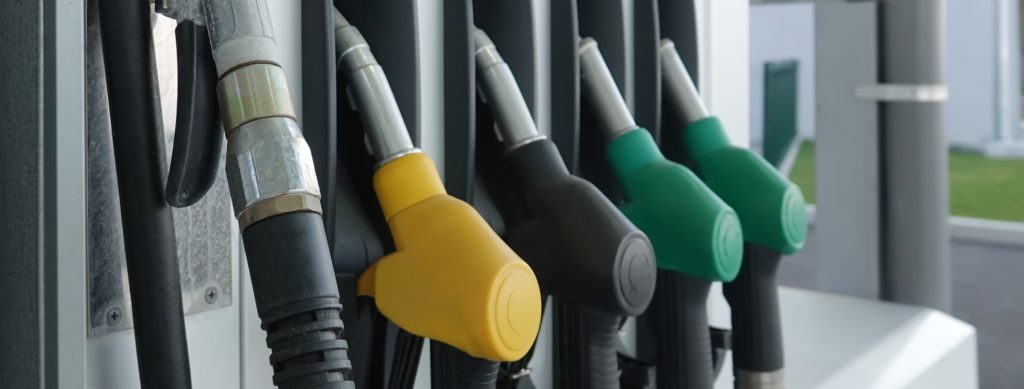Until recently, the internal combustion engine was the main power unit readily available to car buyers. Petrol and diesel-powered cars have been around for decades and have become increasingly sophisticated, delivering ever-better on-road performance and improved fuel economy. From the 1990s, the diesel engine in particular became increasingly popular, with better fuel economy than petrol and lower carbon dioxide emissions. In recent years, some exhaust emissions control issues of diesel engines have become apparent; some cities are banning, or proposing to ban, such vehicles from their centres and there has been a sharp drop in sales. Furthermore, the reduction of the use of fossil fuels is a central point of the agenda in the fight against climate change, which implies phasing-out fossil fuel vehicles completely.

Car manufacturers are looking to electric propulsion to reduce the emissions footprint of the fleet. Hybrid vehicles have been offered for several years and, more recently, fully electric cars have emerged which promise to drastically reduce emissions from transportation.
Today, most new models are offered with a range of power units: petrol, diesel, hybrid and, sometimes, full electric. Petrol and diesel variants may be offered with a choice of power/torque outputs, often achieved by different engine mapping. Green NCAP aims to provide information about as many of these variants as possible but it is impossible for an independently-funded organisation to test all of them. The most popular vehicle types, across the range of powertrain types will be tested, to try to maximise the information available to consumers. In time, as more cars are added, the database will expand to provide a comprehensive resource to individual car-buyers and to fleet managers. To begin with, Green NCAP will look only at passenger cars and vans. The impact of goods and freight vehicles is recognised but is beyond the scope of the initiative, at least to begin with.
The most popular passenger vehicle types across the range of powertrain types are tested.

Green NCAP’s tests currently involve the measurement of gaseous emissions in a range of different test environments, both in the laboratory and on the road. For pollutants and energy consumption, the tests consider only the emissions and energy demand generated by the vehicle once it is on the road. This is known as ‘Tank to Wheel’ assessment. The assessment of emitted greenhouse gases, however, is based on the sum of tailpipe and upstream emissions. The upstream emissions are related to the processes necessary to supply the energy used by the vehicles. Such processes are, for example, the extraction from raw oil and resources, the construction of refineries and renewable energy power plants, the supply and usage of resources needed for their operation, the appropriation of the necessary filling and charging infrastructure, etc. The upstream greenhouse gas emissions are determined by the method of Life Cycle Assessment (LCA) based on the average values of the 27 European countries and the United Kingdom. Green NCAP calls this approach of considering local tailpipe and upstream greenhouse gas emissions ‘Well to Wheel+’.
‘Well to Wheel+’: the greenhouse gas rating considers both the emissions generated by the car once it is on the road and the emissions produced in the upstream processes needed to supply the energy for the vehicle’s operation
A holistic vehicle’s Life Cycle Assessment also takes the vehicle’s production and its recycling into account. In 2022 Green NCAP introduced full LCA information into its programme. However, the currently available data does not allow the integration of greenhouse gases originating from vehicle production and recycling into the rating system because the values differ from case to case and the information used for the analysis is on a generic, statistical level, which does not allow differentiation between the production emissions of different cars.
Life Cycle Assessment is provided by Green NCAP for informational purposes, signalising the future way forward
In the future, Green NCAP may also consider environmental factors such as noise – now proven to cause sleep disturbance, cardiovascular disease, elevated hormone levels, psychological problems and even premature death. So, the scope of the programme will continue to grow in the coming years, and continue to be relevant for all types of powertrains.




































































































































